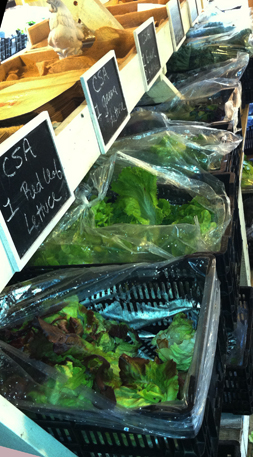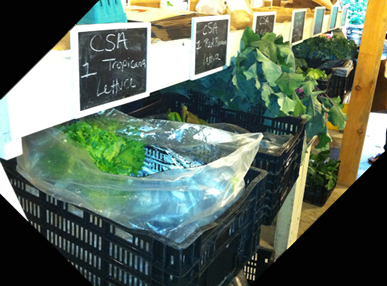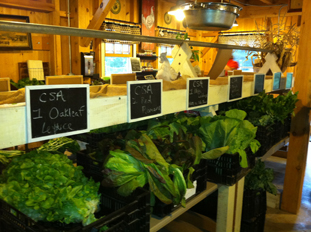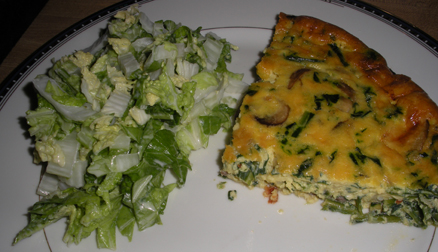This is the week my Sport Hill Farm 2013 CSA begins!
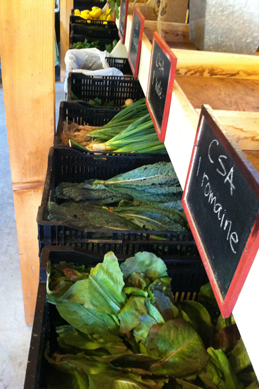 CSA is Community Supported Agriculture. While there are many programs out there, the basic idea is that the subscriber pays the seed money in the winter so the farmer has the capital to get things growing, then receives weekly shares of food based on the harvest.
CSA is Community Supported Agriculture. While there are many programs out there, the basic idea is that the subscriber pays the seed money in the winter so the farmer has the capital to get things growing, then receives weekly shares of food based on the harvest.
If this is your first CSA, here are some tips and strategies for getting the most out of the program:
Get Debbie Meyer Green Bags. I have no affiliation with this company, financial or otherwise, just experienced affection. Vegetables can last 2 weeks in these bags. They’re on the expensive side, but your veggies are worth it.
Get a salad spinner. In the first few weeks, there will be lettuce. Lots of it. Varieties you didn’t know existed. A salad spinner makes light work of cleaning the greens. Did you know, Julia Child first introduced us to salad spinners?
Get a few good salad dressing recipes you like. Seriously, there will be a lot of lettuce in the beginning because that’s what grows at this time of year in New England. I really don’t like salad and have attempted cooking just about every lettuce. Some do better than others! Lately, I’ve been trying to get more apple cider vinegar in my diet due to the health benefits and so I’ve made my own apple cider vinegar dressing.
- 1/4 c apple cider vinegar
- 1/4 c olive oil
- 2 Tbsp maple syrup
- 1 tsp dried thyme
- 2 pinches of sea salt
- 4 pinches of garlic powder
Combine in a container with a sealing lid (like Rubbermaid) and shake, shake, shake.
You might get more food than you can finish. Most CSAs are designed to provide veggies for the week for a family of four. If your eating group is smaller, you can put by food for the winter and eat locally year round. It doesn’t have to be an all-day project either. While cooking your regular dinner, cook an extra item to put away. Blanch some broccoli on the back burner to freeze.
Tip: Many local farms are producing cool weather greens all winter long. Thanks to Sport Hill Farm, Fort Hill Farm, Riverbank Farm, and Holbrook Farm, I had fresh greens all winter. Put by the items that will not be available in the winter like broccoli, green beans, summer squashes, corn, and so on. Choose items that will complement the other foods that you can get in the winter. For example, meat and dairy are available year round, so you might want to make sure you have plenty of tomatoes, garlic, onions, and herbs for any soup, stew, or roast you’ll want to make.
Since I mentioned freezing, I need to mention my vacuum sealer. I couldn’t live without it! Because they remove the air from the bag, food lasts longer. While most brands advertise that foods last 3-6 months, I can honestly tell you that I’ve had some things last 2-3 years!
You’re not going to like everything you get. Swap or figure out something to do with it that you will like and remember, it gets better. For example. I don’t LOVE corn. Before you gasp, I do LIKE it. I generally need about one ear a summer and I’m over it. However, it turns out I LOVE corn in the dead of winter—it’s like opening packaged summer. So I cut of the kernels off the cob, vacuum seal and freeze them, and enjoy them in January and February (with lots of butter). Same with those salad turnips—boring (to me) when they’re in season, but pickled with mustard seeds and other spices and given six months to chill in the fridge, they’re awesome!
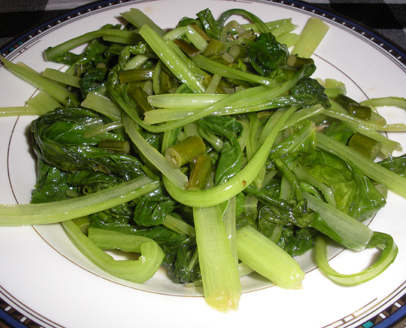
You’re not going to recognize some of the items or you won’t know what to do with them. Welcome to the CSA where the adventure is half the fun of it. Google is your friend! Search out a few recipes, pick one (or select the best featured from a few), and dive in. If they’re greens, you might try my go-to method of cooking greens to get a sense of the green’s properties and flavors to determine what else you might do with it next time.
Most importantly, have fun with this. If it sometimes feels like you’re on an episode of Chopped, remember that you don’t need to make it work with jelly beans and a package of dried shrimp.
